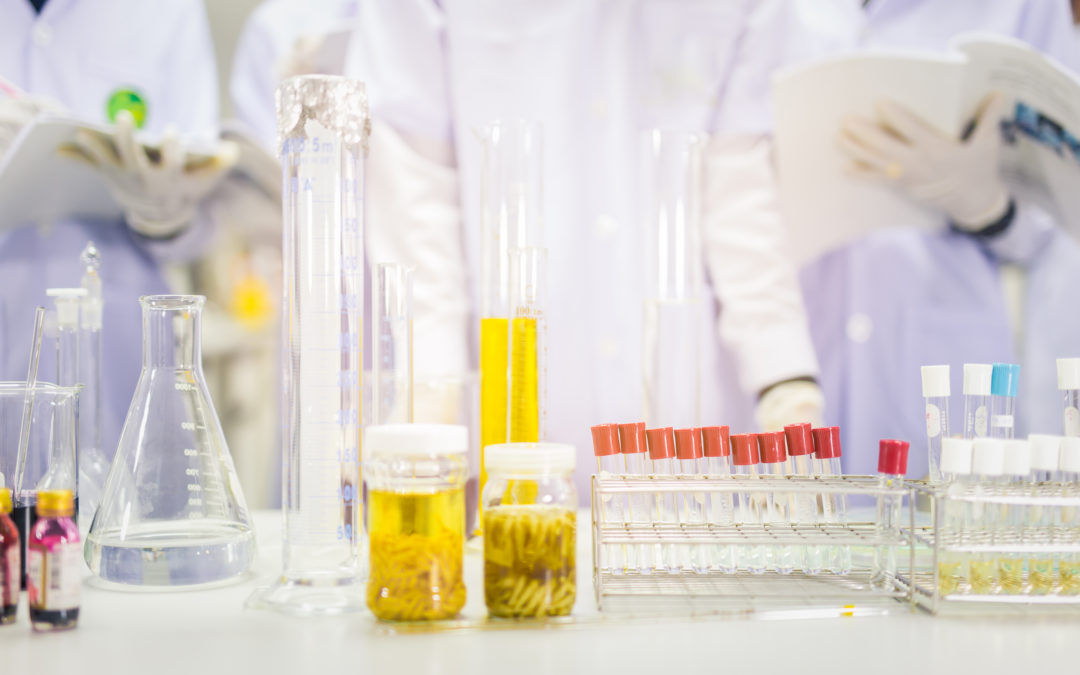Our team of researchers observe the beauty of nature and draw lessons from it, and with creativity and innovation transforms them into new, natural and safe products. In particular, for veterinary products, we have selected among the ingredients Pleurotus ostreatus, a fungus with relevant medicinal properties, rich in nutrients and bioactive molecules.
Mushrooms through history and legend
Mushrooms became part of human life thousands of years ago. We could find ancient evidence of their use: they were consumed both for their nutritional and medical properties, as well as during shamanic and religious rituals. Traditional Chinese medicine has been able to recognize their beneficial effects on human health, giving rise to what is now known as Mycotherapy. And it is from the twentieth century onwards that its interest has been increasing in the West as well.
The history of P. ostreatus is also ancient, with references reaching us already from the Sung dynasty (420-479 B.C.), naming it “mushroom of the celestial flowers”. The first modern cultivation dates back to 1917 in Germany, where it was used as a subsistence measure during the First World War (M. Hofrichter, 2010). Its medicinal properties have been studied all over the world, from Central Europe to Africa and South America.
Beneficial properties of the Pleurotus fungus
Pleurotus ostreatus is a saprophytic-parasite fungus, with a characteristic shape that led it to be commonly known as the “oyster” mushroom. It grows on old stumps in temperate and tropical climates and is now the third most common edible mushroom in the world, after the meadow fungus and the Shiitake. In recent years, studies on its nutraceutical and medicinal properties have increased. It is a source of protein, essential amino acids, B vitamins and vitamin C, as well as minerals. It therefore belongs to the category of so-called functional foods, i.e. containing bioactive molecules that can benefit human health and reduce the risk of chronic diseases (Patel et al., 2012).
A fungus with relevant medicinal properties
Bioactive substances contained in mycelium and fruit bodies have immunostimulant, antineoplastic, antidiabetic, anti-atherosclerotic, anti-inflammatory, antibacterial and antioxidant properties (Golak-Siwulska et al., 2018). A noteworthy secondary metabolite is Lovastatin, a statin involved in the reduction of blood cholesterol levels, which confers Pleurotus a protective effect against heart disease (Zainal-Abidin et al., 2017). It is also a source of β-glucans such as Pleurane, which can stimulate the body’s innate and adaptive immune response. Preclinical studies have reported a positive action, such as the one carried out by Nita et al., in 2018, where the administration of the fraction obtained by ethanol extraction of P. ostreatus resulted in an increase in lymphocyte population, antibody titer and γ-globulin levels in the blood of mice.
To learn more about this product, write us at customerservice_italy@bict.it, or visit our website https://www.bict.it/. We will find for you the best solution for your specific needs.

